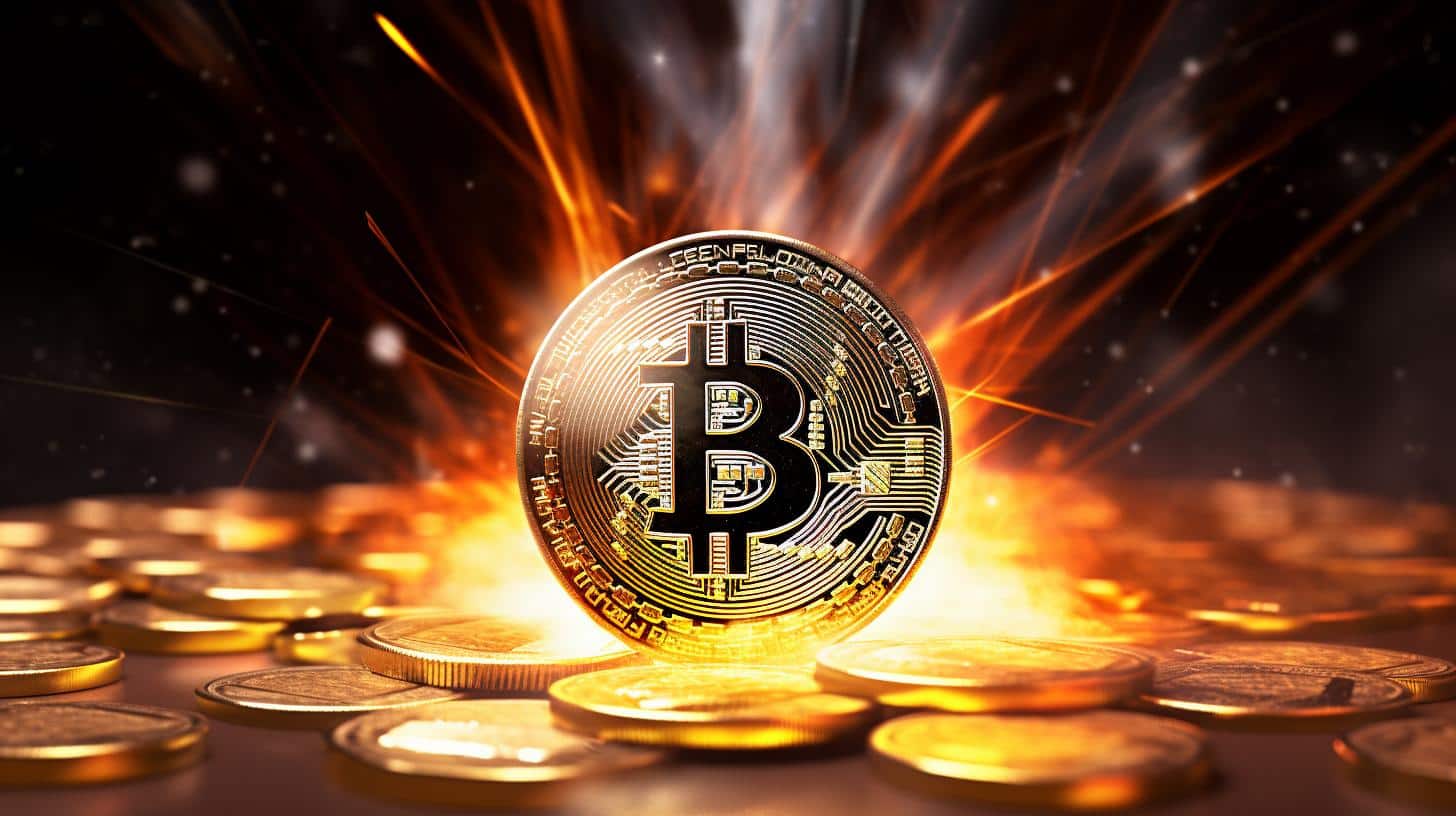Bitcoin Spark (BTCS) is quickly gaining traction in the crypto space, posing a challenge to established cryptocurrencies like Ethereum. This article delves into the intricacies of Bitcoin Spark, its comparison with Ethereum, and the reasons behind its rising prominence.
Ethereum: A Brief Overview
Ethereum has carved out a prominent space in the crypto world, known for its versatility and unique functionalities. It revolutionized blockchain technology by allowing developers to build and deploy decentralized applications (dApps) powered by smart contracts. Ethereum’s native token, ETH, facilitates transactions within these smart contracts and serves as a security measure against inefficient code and malicious activities.
Bitcoin Spark: A New Contender
Bitcoin Spark (BTCS) presents itself as a promising alternative to Ethereum, aiming to address the limitations of Bitcoin and Ethereum. It utilizes a groundbreaking technology called Proof-Of-Process (PoP), which combines both Proof-of-Work (PoW) and Proof-of-Stake (PoS) models. This unique consensus model enhances transaction capacity and reduces fees, making BTCS more efficient for everyday transactions.
Deciphering Proof-of-Process
The PoP model, introduced by Bitcoin Spark, merges the core principles of PoW and PoS with an innovative algorithm that prevents the concentration of power among large-scale miners. BTCS mining employs an easy-to-use program that can be installed on any device. The program automatically controls the device’s processing power usage, ensuring a fair distribution of BTCS tokens based on the rented processing power.
A New Era of Mining
Bitcoin Spark’s mining approach represents a significant departure from traditional methods. While Bitcoin’s PoW model demands high-end computers to solve complex mathematical problems, consuming substantial energy, and Ethereum’s PoS model requires users to lock a certain amount of ETH to earn validation rights, BTCS simplifies the process. It enables users to mine using any device, promoting decentralization and ensuring a fair distribution of tokens regardless of stake size or mining device processing power.
Rewarding Network Participants
Bitcoin Spark employs innovative methods to reward network participants. A decentralized CPU rental system allows users to pay with BTCS tokens to access processing power, contributing to the mining rewards pool. Additionally, advertising revenue generated on the Bitcoin Spark application and website is shared with miners and network participants, with the community overseeing the content to maintain a clean and trustworthy platform.
Bitcoin Spark’s Tokenomics
Bitcoin Spark’s tokenomics closely resemble Bitcoin, with a maximum supply of 21 million tokens. However, the time to reach this maximum supply is longer for BTCS, facilitating a prolonged period of mining rewards distribution. During the initial coin offering (ICO) phase, BTCS was offered at $1.50, with a 20% bonus, providing investors an opportunity to participate in the project’s growth.
Bitcoin Spark is gaining momentum in the crypto domain by presenting unique features and innovative solutions. As it continues to disrupt the crypto space, it is becoming an intriguing project to watch. While Ethereum maintains its strong position with its comprehensive offerings, the rise of Bitcoin Spark as a formidable contender adds fuel to the competition for dominance in the crypto world.
Analyst comment
As an analyst, I believe that the market will experience increased competition and innovation as Bitcoin Spark gains momentum. This could lead to a shift in market share and potential challenges for established cryptocurrencies like Ethereum. Investors should closely monitor the development and adoption of Bitcoin Spark as it continues to disrupt the crypto space.













